R Programming For Windows 11: A Comprehensive Guide To Data Analysis And Visualization
R Programming for Windows 11: A Comprehensive Guide to Data Analysis and Visualization
Related Articles: R Programming for Windows 11: A Comprehensive Guide to Data Analysis and Visualization
Introduction
With great pleasure, we will explore the intriguing topic related to R Programming for Windows 11: A Comprehensive Guide to Data Analysis and Visualization. Let’s weave interesting information and offer fresh perspectives to the readers.
Table of Content
- 1 Related Articles: R Programming for Windows 11: A Comprehensive Guide to Data Analysis and Visualization
- 2 Introduction
- 3 R Programming for Windows 11: A Comprehensive Guide to Data Analysis and Visualization
- 3.1 Understanding R Programming
- 3.2 Setting Up R on Windows 11
- 3.3 Exploring RStudio: An Integrated Development Environment (IDE)
- 3.4 Essential R Packages for Data Science
- 3.5 Mastering R Programming: A Step-by-Step Approach
- 3.6 Benefits of Using R for Data Analysis on Windows 11
- 3.7 Practical Applications of R Programming
- 3.8 FAQs: Addressing Common Queries
- 3.9 Tips for Effective R Programming
- 3.10 Conclusion
- 4 Closure
R Programming for Windows 11: A Comprehensive Guide to Data Analysis and Visualization
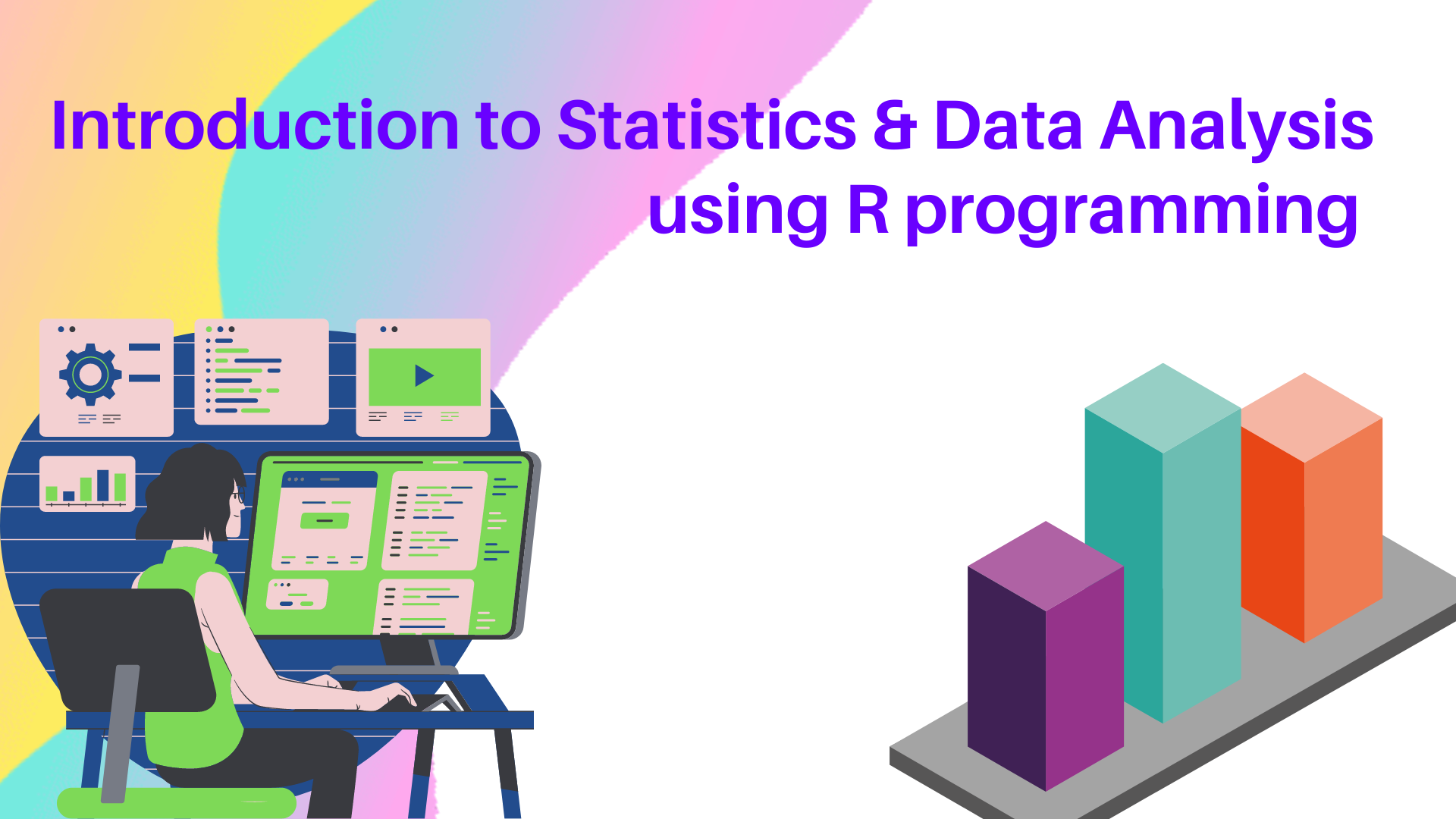
R is a powerful, open-source programming language and free software environment for statistical computing and graphics. It has become an indispensable tool for data scientists, statisticians, and researchers across various fields. Windows 11, with its robust performance and user-friendly interface, provides an excellent platform for leveraging the capabilities of R. This guide will delve into the intricacies of R programming on Windows 11, exploring its features, benefits, and practical applications.
Understanding R Programming
At its core, R is a language designed to handle statistical analysis and data visualization. Its strength lies in its extensive collection of packages, which offer specialized functions for tasks like:
-
Data Manipulation: R excels at cleaning, transforming, and manipulating data sets of varying sizes and complexities. Packages like
dplyrandtidyrstreamline data wrangling processes, enabling efficient data preparation for analysis. -
Statistical Analysis: R provides a rich set of tools for performing statistical tests, modeling, and analysis. Packages like
stats,MASS, andlmtestempower users to conduct hypothesis testing, regression analysis, and explore complex statistical models. -
Data Visualization: R’s graphical capabilities are unparalleled. Packages like
ggplot2,plotly, andlatticeallow for creating visually appealing and informative charts, graphs, and plots, facilitating data exploration and communication. -
Machine Learning: R is a popular choice for machine learning tasks, offering packages like
caret,randomForest, ande1071for building predictive models, clustering data, and exploring patterns.
Setting Up R on Windows 11
Installing R on Windows 11 is straightforward. Follow these steps:
- Download R: Visit the Comprehensive R Archive Network (CRAN) website (https://cran.r-project.org/) and download the appropriate installer for your Windows 11 system.
- Run the Installer: Execute the downloaded installer file and follow the on-screen instructions to complete the installation.
- Verify Installation: Open the R console (usually found in the Start menu) to confirm successful installation.
Exploring RStudio: An Integrated Development Environment (IDE)
While R can be used directly from the console, RStudio provides a more user-friendly and efficient development environment. It offers features like:
- Code Editor: RStudio’s code editor offers syntax highlighting, code completion, and other features that streamline code writing and debugging.
- Console: The integrated console allows you to execute R commands and view output directly within the IDE.
- Workspace: RStudio manages your workspace, allowing you to save and load your projects, scripts, and data.
- Plots and Graphs: Visualizations generated by R are displayed within the IDE, making it easy to analyze and interpret results.
To install RStudio, visit the official website (https://rstudio.com/) and download the appropriate version for Windows 11.
Essential R Packages for Data Science
R’s strength lies in its vast ecosystem of packages. Here are some essential packages for data science tasks:
-
dplyr: This package is a core tool for data manipulation, providing functions for filtering, selecting, arranging, and summarizing data. -
tidyr: Tidyverse’stidyrpackage focuses on data tidying, helping to reshape and transform data into a more structured format. -
ggplot2: This powerful package allows for creating visually appealing and informative graphs and plots using a grammar of graphics approach. -
caret:caret(Classification And Regression Training) is a comprehensive package for machine learning tasks, providing tools for model training, evaluation, and tuning. -
randomForest: This package implements the random forest algorithm, a powerful method for building predictive models with high accuracy.
Mastering R Programming: A Step-by-Step Approach
Learning R programming involves understanding its syntax, functions, and data structures. Here’s a structured approach:
- Fundamentals: Start by understanding R’s basic data types (numeric, character, logical), operators (arithmetic, relational, logical), and control flow statements (if-else, for loop, while loop).
- Data Structures: Learn about vectors, matrices, arrays, lists, and data frames, which are the building blocks for storing and manipulating data in R.
- Functions and Packages: Explore how to define and use custom functions, and learn how to install and load external packages to extend R’s functionality.
-
Data Manipulation: Master the techniques for cleaning, transforming, and manipulating data using packages like
dplyrandtidyr. - Statistical Analysis: Learn to perform various statistical tests, build regression models, and conduct hypothesis testing using R’s built-in functions and statistical packages.
-
Data Visualization: Dive into the world of data visualization using
ggplot2, exploring its grammar of graphics and creating informative charts and graphs. - Machine Learning: Explore R’s capabilities in machine learning, learning about techniques like classification, regression, clustering, and dimensionality reduction.
Benefits of Using R for Data Analysis on Windows 11
R offers numerous advantages for data analysis on Windows 11:
- Open Source and Free: R is freely available, making it accessible to everyone. This eliminates the cost barrier often associated with proprietary software solutions.
- Comprehensive Functionality: R’s vast collection of packages provides a comprehensive toolkit for data analysis, covering statistical modeling, visualization, machine learning, and more.
- Active Community: R has a vibrant and supportive community of users and developers, providing ample resources, tutorials, and forums for learning and troubleshooting.
- Flexibility and Extensibility: R’s open-source nature allows for customization and extension, enabling users to develop their own functions and packages to meet specific needs.
- Integration with Other Tools: R can be seamlessly integrated with other tools and languages, such as Python, SQL, and Hadoop, enhancing its versatility and interoperability.
Practical Applications of R Programming
R’s versatility makes it applicable across various fields, including:
- Data Science: R is widely used for data exploration, analysis, and modeling in diverse domains like finance, healthcare, marketing, and social sciences.
- Statistics: R is a standard tool for statisticians, providing powerful functions for statistical inference, hypothesis testing, and data visualization.
- Bioinformatics: R plays a crucial role in bioinformatics, enabling analysis of biological data, gene expression profiling, and drug discovery.
- Machine Learning: R’s machine learning capabilities are used in applications like fraud detection, customer segmentation, and predictive maintenance.
- Academic Research: R is a popular choice for academic research, enabling researchers to analyze data, build models, and visualize findings.
FAQs: Addressing Common Queries
Q: Is R difficult to learn?
A: R can be learned gradually, starting with basic concepts and gradually progressing to more complex topics. Numerous resources, including online tutorials, books, and courses, are available to aid in the learning process.
Q: Is R suitable for beginners?
A: While R’s capabilities are vast, its basic syntax and concepts are relatively straightforward, making it accessible to beginners. There are plenty of beginner-friendly resources and tutorials specifically designed for new users.
Q: How does R compare to Python for data analysis?
A: R and Python are both powerful languages for data analysis. R excels in statistical analysis and data visualization, while Python is widely used for machine learning and data engineering. The choice between the two often depends on the specific requirements of the project.
Q: Can I use R for data visualization in web applications?
A: Yes, R’s visualization capabilities can be leveraged in web applications using packages like plotly and shiny, which allow for creating interactive and dynamic visualizations.
Q: What are some good resources for learning R?
A: Some popular resources for learning R include:
- R for Data Science: https://r4ds.had.co.nz/
- DataCamp: https://www.datacamp.com/
- Coursera: https://www.coursera.org/
- edX: https://www.edx.org/
Tips for Effective R Programming
- Start with a clear objective: Define the specific task or problem you want to solve using R before writing code.
- Break down complex problems: Divide large tasks into smaller, manageable steps to facilitate coding and debugging.
- Use comments effectively: Add clear and concise comments to your code to explain its purpose and logic.
- Utilize RStudio’s features: Leverage RStudio’s code editor, workspace, and debugging tools for enhanced efficiency.
- Explore and experiment: Don’t be afraid to try different approaches and explore various packages to find the best solutions.
- Seek help from the community: Utilize online forums, communities, and resources to ask questions and get assistance from other R users.
Conclusion
R programming on Windows 11 empowers data scientists, statisticians, and researchers with a powerful and versatile tool for data analysis, visualization, and machine learning. Its open-source nature, extensive functionality, and active community make it a valuable asset for tackling complex data challenges. By mastering R’s fundamentals, exploring its packages, and utilizing its capabilities effectively, users can unlock its full potential and gain valuable insights from data. As the world becomes increasingly data-driven, R programming on Windows 11 will continue to play a crucial role in harnessing the power of data and driving informed decision-making.
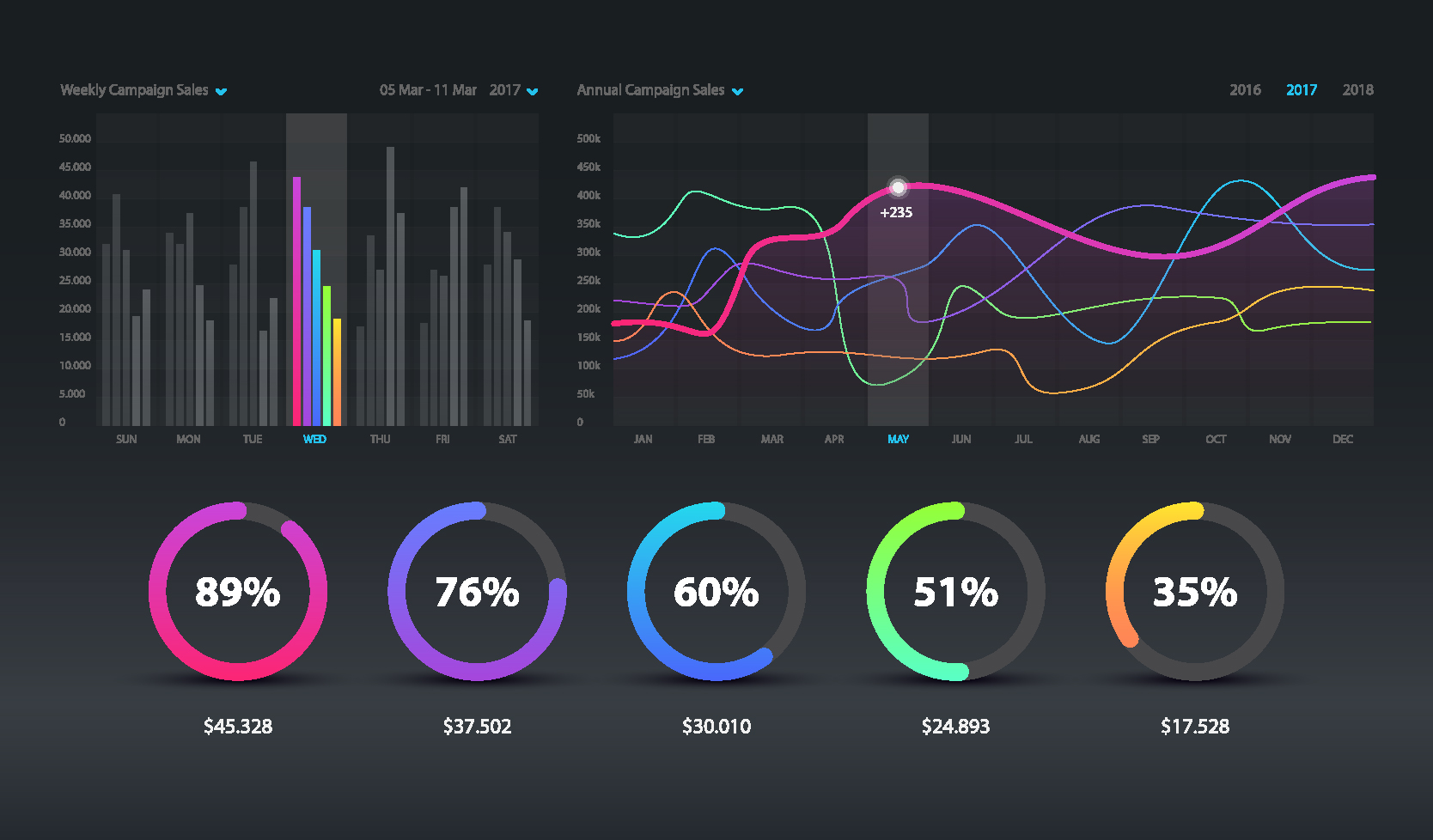


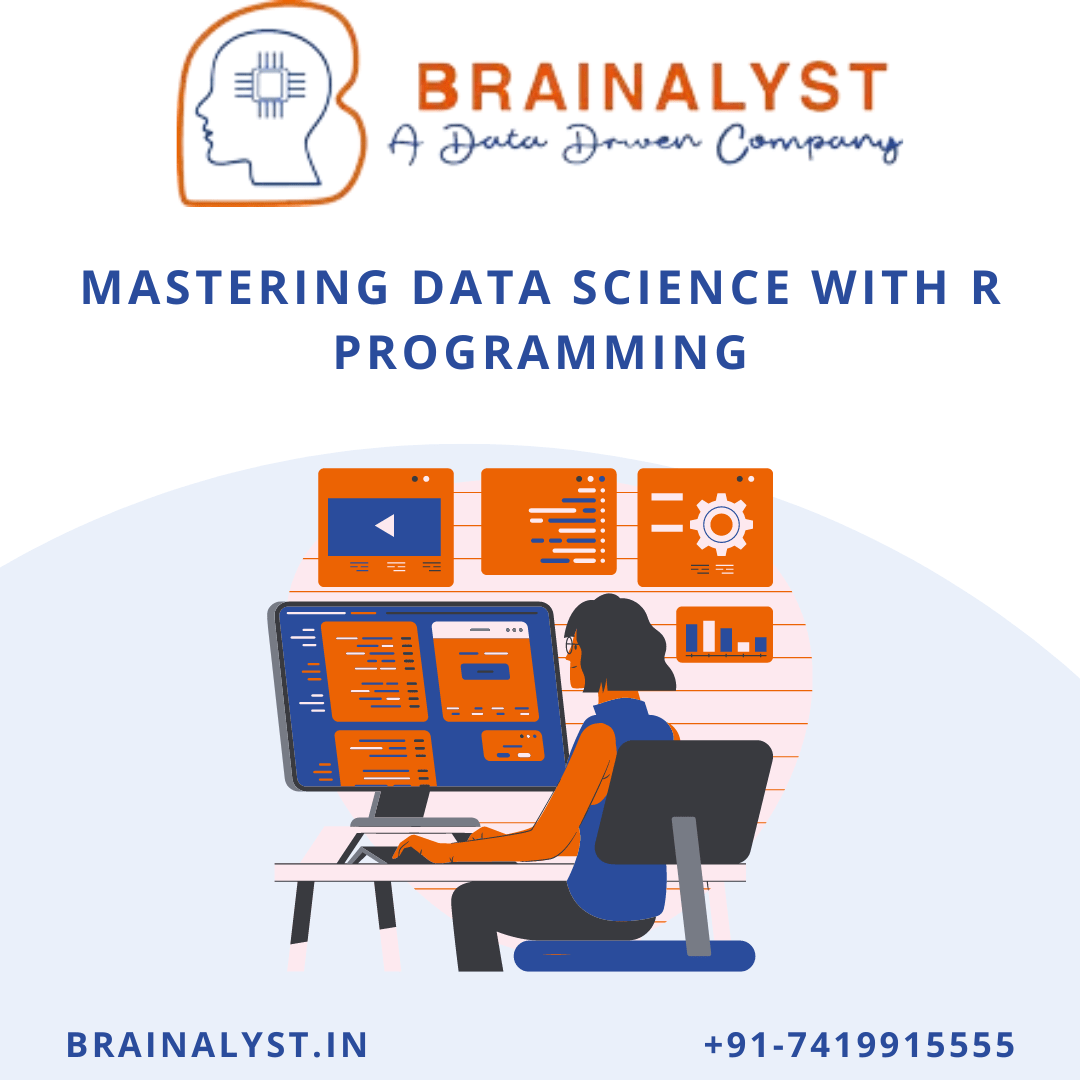

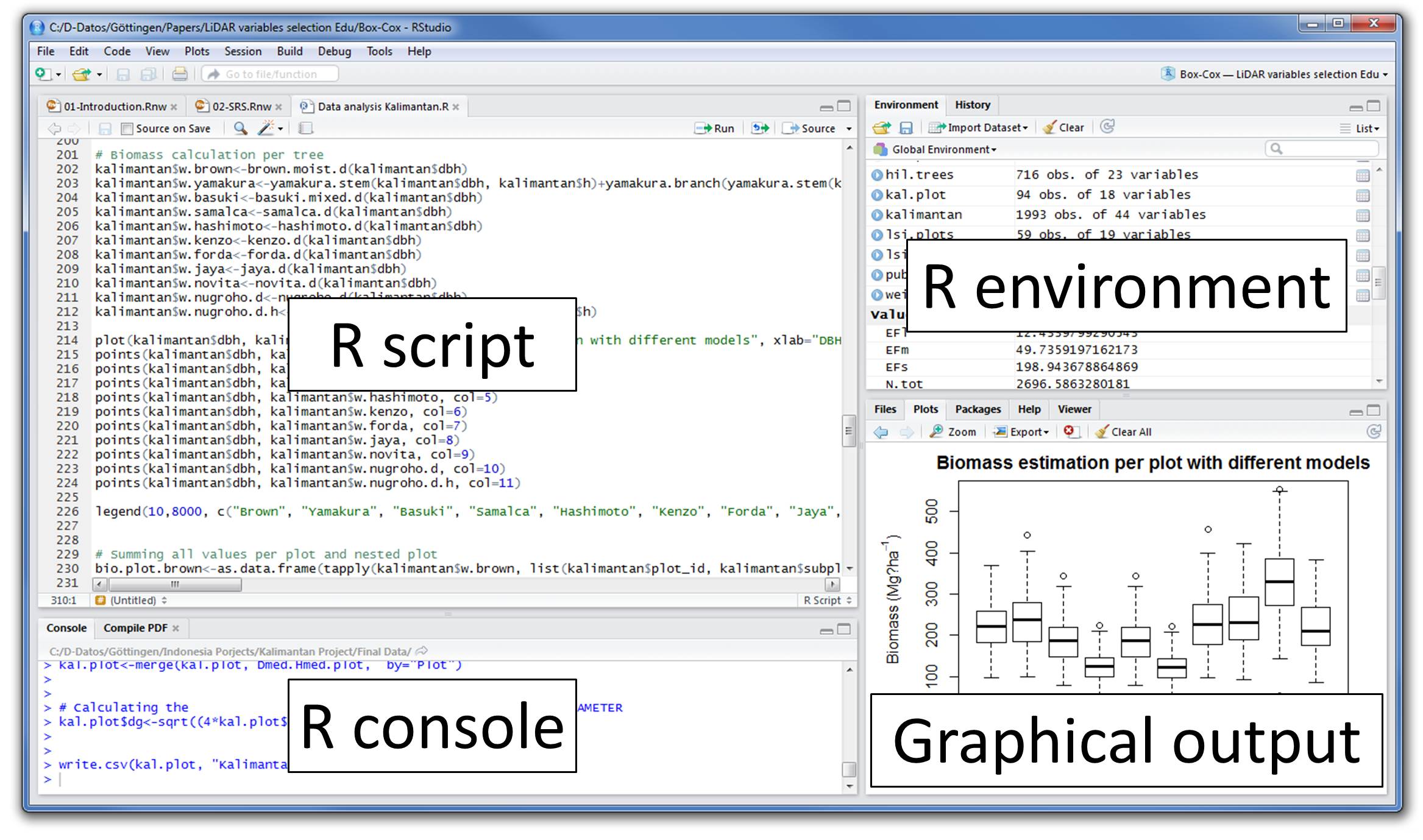
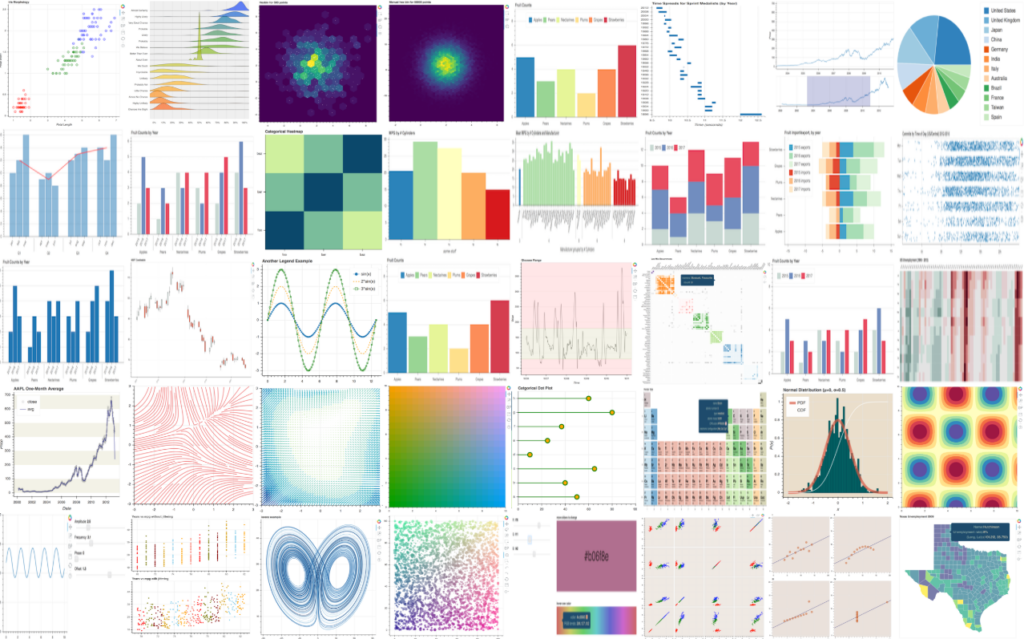

Closure
Thus, we hope this article has provided valuable insights into R Programming for Windows 11: A Comprehensive Guide to Data Analysis and Visualization. We appreciate your attention to our article. See you in our next article!